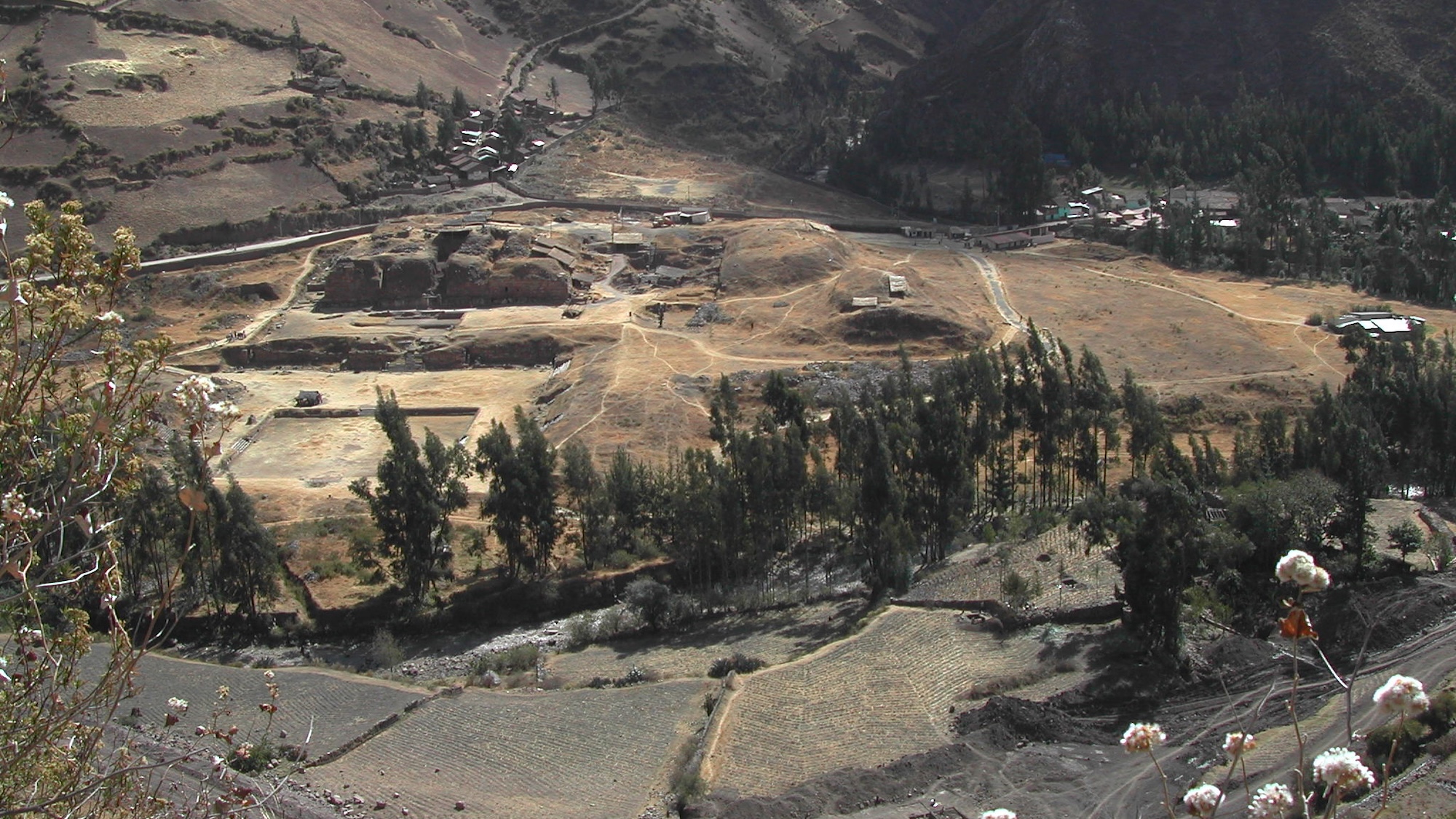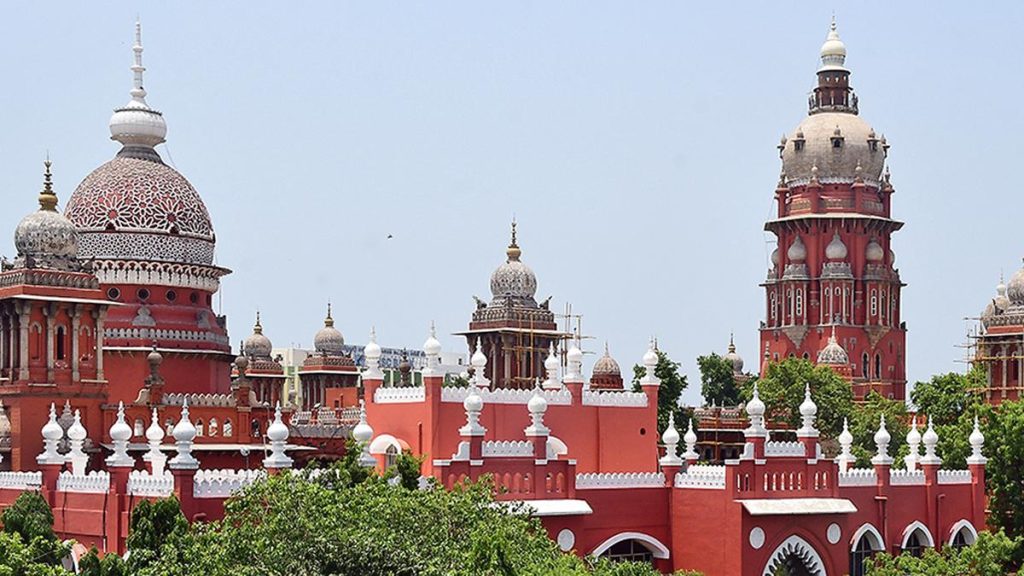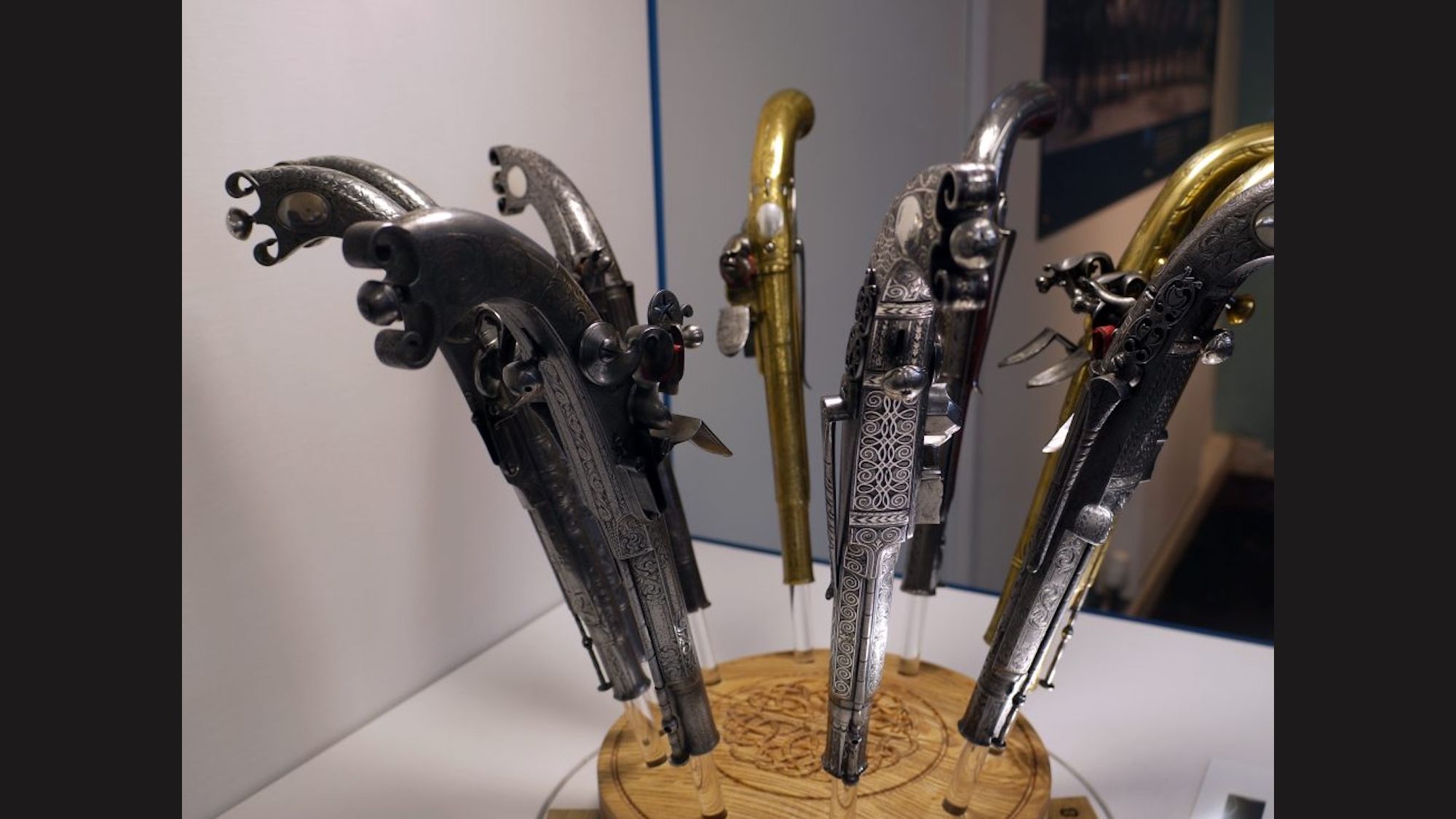Now Reading: Hallucinogenic Rituals Shaped Social Hierarchies in Pre-Incan Peru
-
01
Hallucinogenic Rituals Shaped Social Hierarchies in Pre-Incan Peru
Hallucinogenic Rituals Shaped Social Hierarchies in Pre-Incan Peru

Swift Summary
- Teh Chavín society existed in the Andes Mountains of Peru from approximately 900 BCE to 650 BCE, preceding the Incan empire.
- Recent archaeological studies at Chavín de Huántar, a ceremonial complex and UNESCO World Heritage Site, revealed evidence suggesting ritualistic use of hallucinogens like DMT and nicotine derivatives.
- Snuff tubes carved from hollow bones were found in restricted-access chambers and used to inhale vilca bean residue (a DMT-like substance) and wild tobacco products.
- Hallucinogenic rituals were selective events reserved for certain individuals that reinforced social hierarchies and cultural ideologies within the Chavín society.
- Other discoveries include conch shell trumpets and architectural features designed to enhance sound during ceremonies, indicating music played a notable role in rituals.
- Researchers believe these spiritual practices inspired awe among locals, encouraging voluntary contributions to monumental construction projects rather than forced labor.
- The Chavín civilization experienced an extended period of violence between 500-400 BCE before its decline,possibly linked to shifts from religiously organized systems toward secular governance.
Indian opinion Analysis
The discoveries at chavín de Huántar highlight how ancient societies managed complexity through ideology rather than coercion. This reliance on mysticism-backed ceremonies with selective access underscores the human tendency to intertwine spirituality with social order-a practice still mirrored across many cultures today, including India. As a notable example, India’s own historical traditions used grand temple rituals or communal festivals not just as religious tenets but also as mechanisms for creating societal cohesion.
For India’s academic space studying history or archaeology, learning about civilizations like the Chavín opens discussions on parallels between early class-based structures globally.It broadens comparative perspectives on how hierarchical ideologies evolved differently across continents while maintaining similar organizational principles-utilizing art forms (like music), mysticism or natural substances for societal reinforcement. Insights into global transitions-from theological governance toward secular systems-also offer relevant lessons applicable when analyzing India’s past transitions across various dynasties.Such findings emphasize why archaeological research matters not merely for historical preservation but also for drawing contemporary lessons on societal structure dynamics affecting governance models worldwide.


























